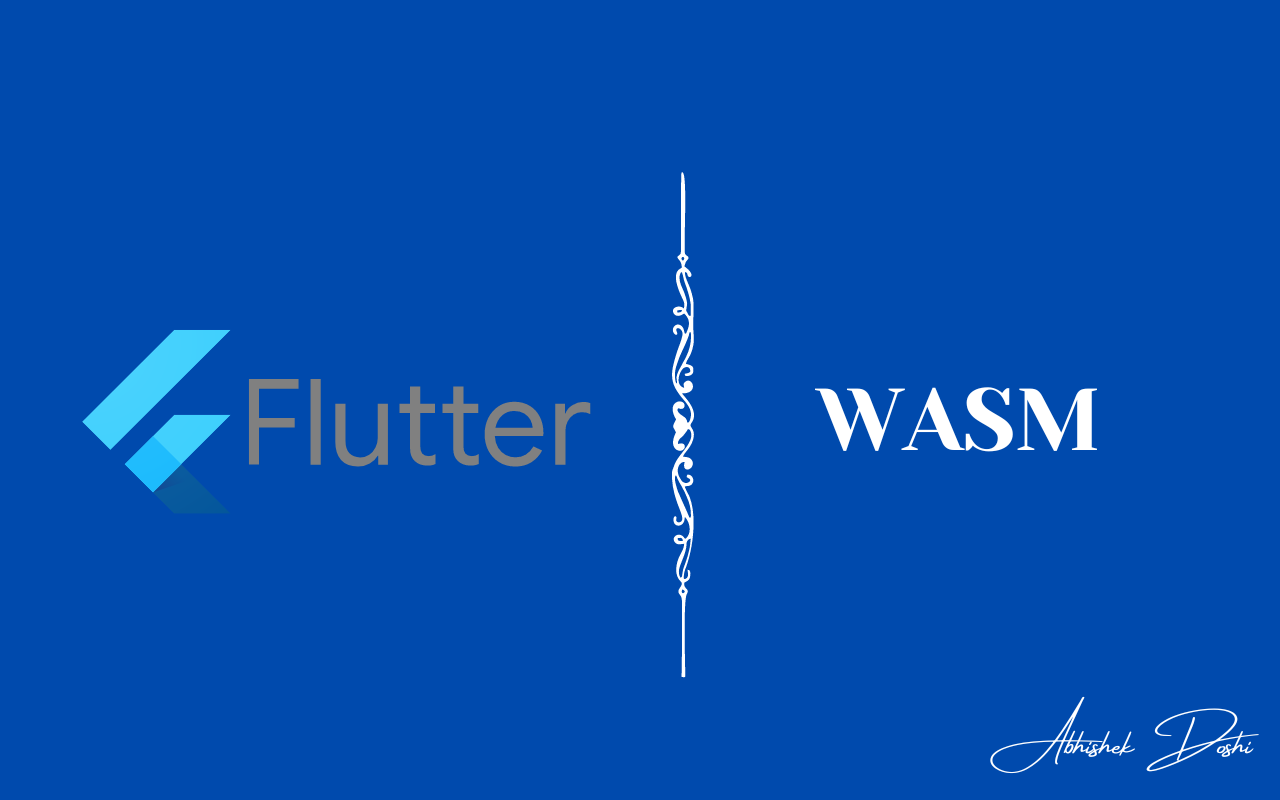Introduction to Flutter and WebAssembly
Flutter, a popular open-source UI software development toolkit created by Google, has revolutionized the way developers build natively compiled applications for mobile, web, and desktop from a single codebase. WebAssembly (Wasm), on the other hand, is a binary instruction format for a stack-based virtual machine, designed to be a portable compilation target for high-level languages like C, C++, and Rust, enabling deployment on the web for client and server applications. The integration of Flutter with WebAssembly opens up new possibilities for creating high-performance web applications.
Benefits of Using WebAssembly with Flutter
WebAssembly allows Flutter applications to run with near-native performance in web browsers. This is particularly beneficial for resource-intensive applications, such as those involving complex graphics or real-time data processing. By compiling Flutter code to WebAssembly, developers can achieve faster load times and smoother execution, as Wasm modules are smaller and more efficient than traditional JavaScript code¹. This results in a more responsive user experience, which is crucial for modern web applications.
How Flutter Utilizes WebAssembly
To leverage WebAssembly in Flutter, developers need to ensure their Flutter web applications are compatible with Wasm. This involves using the latest versions of Flutter and Dart, and configuring the build process to target WebAssembly. The Flutter team has made significant strides in integrating Wasm support, allowing developers to compile their Flutter web apps to Wasm using simple commands like `flutter build web --wasm`². This process generates a Wasm module that can be loaded and executed by the browser, providing a seamless transition from development to deployment.
Practical Applications and Use Cases
The combination of Flutter and WebAssembly is particularly useful in scenarios where performance is critical. For example, applications that require real-time data visualization, such as financial dashboards or scientific simulations, can greatly benefit from the enhanced performance provided by Wasm. Additionally, games and interactive media applications, which demand high frame rates and low latency, can achieve a more native-like experience on the web. The portability of WebAssembly also means that these applications can run consistently across different browsers and platforms².
Future Prospects and Conclusion
The integration of WebAssembly with Flutter is still evolving, but it holds great promise for the future of web development. As browser support for Wasm continues to improve and the Flutter ecosystem expands, developers can expect even more powerful tools and libraries to emerge. This will enable the creation of increasingly sophisticated web applications that are both performant and easy to maintain. By combining the strengths of Flutter and WebAssembly, developers can push the boundaries of what is possible on the web, delivering exceptional user experiences across all devices¹.
²: [Wasm | Flutter](https://docs.flutter.dev/platform-integration/web/wasm)




No comments:
Post a Comment